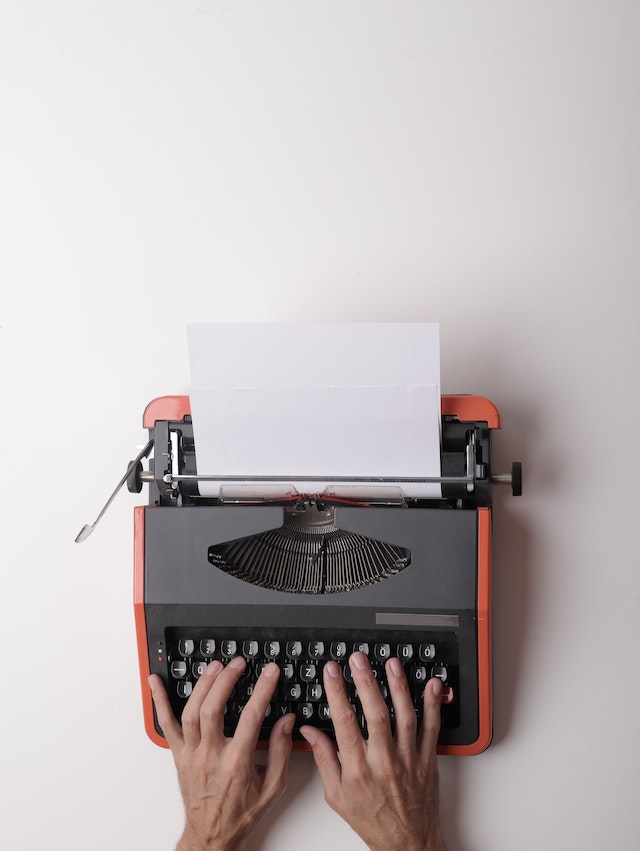Fonts are a crucial part of graphic design. They set the tone, convey the message, and determine how the audience perceives the content. Fonts are an integral part of any designer’s toolkit, and choosing the right font can make all the difference in a design project. Classic fonts are an excellent choice for designers as they are timeless, powerful, and offer endless signature ideas.
Top 10 Classic Fonts for Every Designer’s Toolkit
Classic font is a typeface that has existed for centuries and remains relevant in today’s design world. These fonts have stood the test of time and have been used in a wide range of design projects. They have a timeless appeal and can be used in various contexts, from business cards to posters and everything in between. Classic fonts are often associated with elegance, sophistication, and tradition. They evoke a sense of trust and reliability, making them perfect for formal and corporate designs.
Classic fonts come in two main styles: serif and sans-serif. Serif fonts have small lines or flourish at the end of each character, which gives them a more traditional and elegant look. On the other hand, Sans-serif fonts do not have these lines and offer a clean, modern look. Both styles have their unique characteristics and can be used in different design projects.
In this blog post, we will explore the top 10 classic fonts that every designer should have in their toolkit. These fonts have been around for decades and remain popular among designers today.
Times New Roman
Times New Roman is one of the most popular classic fonts. It was designed by Stanley Morison in 1931 and has been a favourite among designers ever since. It’s a serif font that’s easy to read and has a classic, elegant feel. It’s perfect for use in formal documents like resumes, business letters, and legal documents. Times New Roman is often used in academic writing and newspapers, as it’s easy to read and looks professional.
Helvetica
Helvetica is a sans-serif font that was designed by Max Miedinger in 1957. It’s clean, modern, and easy to read, making it a popular choice for everything from logos to body text. It’s also versatile and can be used in a wide range of design projects. Helvetica has become a ubiquitous font, often used in corporate designs, signage, and advertising.

Garamond
Garamond is a classic serif font that Claude Garamond designed in the 16th century. It’s elegant and has a timeless feel, making it perfect for use in high-end designs like luxury brand logos and invitations. Garamond is a popular font choice in publishing and editorial design, as it’s easy to read and has a classic feel.
Baskerville
Baskerville is a serif font that John Baskerville designed in the 18th century. It has a classic, elegant feel and is perfect for use in book covers, headings, and other formal designs. Baskerville is often used in typography and editorial design as it’s easy to read and looks elegant on a page.
Futura
Futura is a sans-serif font that Paul Renner designed in the 1920s. It’s a geometric font that has a modern, clean feel. It’s perfect for use in logos and other designs where a modern, minimalist look is desired. Futura is often used in technology and fashion design, as it gives a sleek and modern look.
Bodoni
Bodoni is a serif font that Giambattista Bodoni designed in the 18th century. It’s elegant and classic, making it perfect for use in high-end designs like fashion and luxury brands. Bodoni is often used in fashion, editorial, and luxury branding design as it evokes a sense of sophistication and elegance.
Century Gothic
Century Gothic is a sans-serif font that Monotype Imaging designed in the 1990s. It has a modern, clean feel that’s perfect for use in a wide range of designs. It’s often used in technology, science-based designs, advertising, and marketing. Century Gothic is a versatile font that works well in print and digital formats.
Palatino
Palatino is a serif font that was designed by Hermann Zapf in the 1940s. It has a classic, elegant feel, making it perfect for use in formal designs like invitations, resumes, and book covers. Palatino is often used in editorial and publishing design, as it’s easy to read and has a timeless feel.
Franklin Gothic
Franklin Gothic is a sans-serif font that was designed by Morris Fuller Benton in 1902. It has a modern, clean feel that’s perfect for use in advertising and marketing designs. Franklin Gothic is often used in fashion and editorial design, as it gives a sleek and modern look.
Didot
Didot is a serif font that Firmin Didot designed in the late 18th century. It has a classic, elegant feel that makes it perfect for use in high-end designs like luxury brand logos and invitations. Didot is often used in fashion and editorial design, as it evokes a sense of sophistication and elegance.
Conclusion
Classic fonts are a must-have in every designer’s toolkit. They offer timeless appeal, powerful design potential, and endless signature ideas. Whether you’re designing a business card, poster, or logo, there’s a classic font that will suit your needs. From serif to sans-serif, there are many classic fonts to choose from that have stood the test of time and remain popular among designers today. So, don’t hesitate to add these classic fonts to your toolkit and take your designs to the next level.